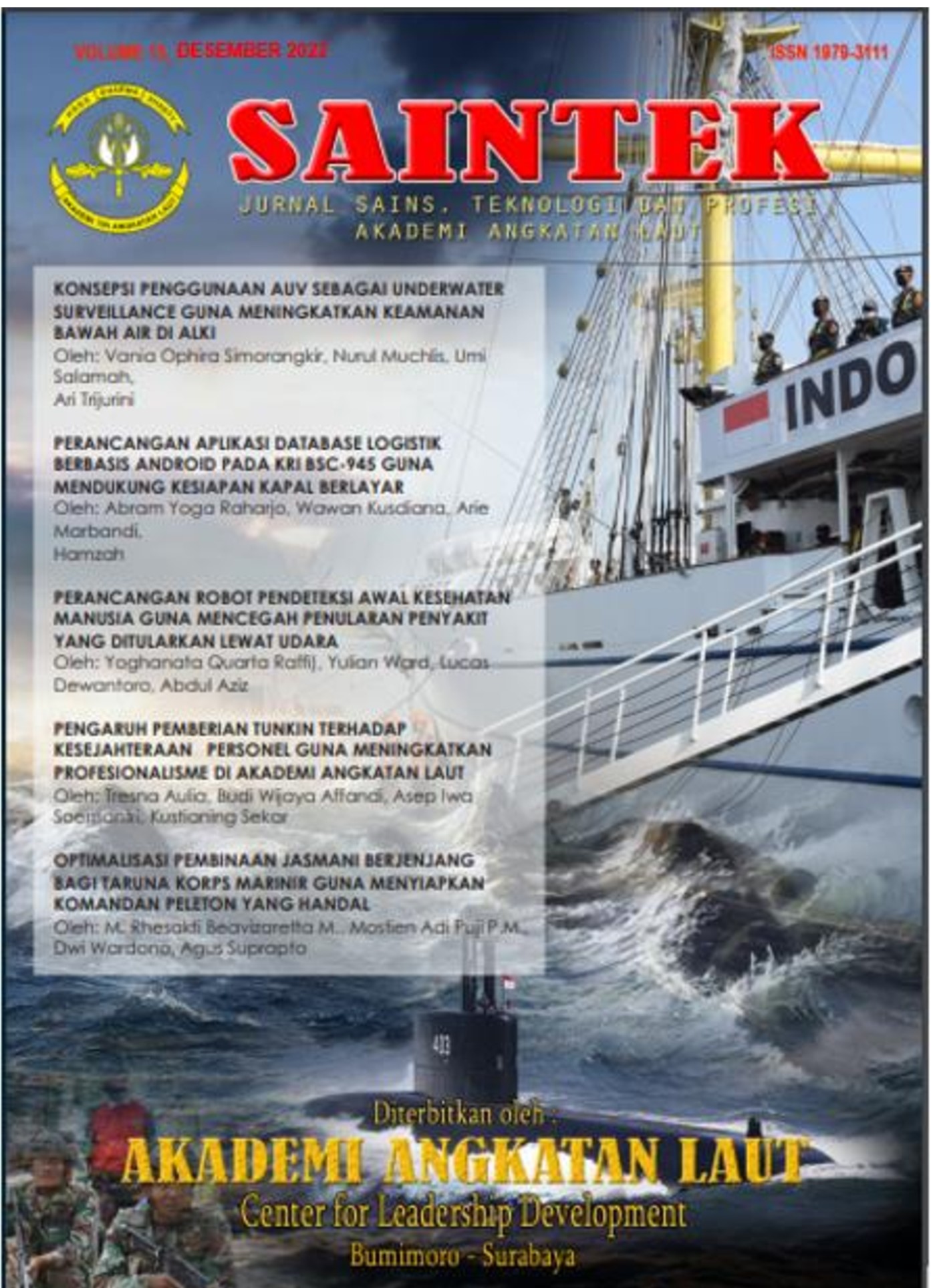Analisis Strategi Pendaratan Amfibi Berbasis GIS pada Wilayah Pesisir dalam Operasi Tempur TNI AL
DOI:
https://doi.org/10.59447/saintek.v18i1.169Abstract
In an archipelagic nation like Indonesia, the ability to carry out amphibious landing operations is not merely a tactical advantage, it is a necessity. As the Indonesian Navy (TNI AL) continues to safeguard vast maritime borders, its operational success hinges on how well it understands and navigates coastal complexity. This study explores how TNI AL currently conducts amphibious operations and investigates how Geographic Information Systems (GIS) could enrich the planning process. Using a qualitative descriptive approach, the research draws on secondary sources, including military documents, spatial datasets, and academic publications. Findings show that while TNI AL has established structured procedures for beach landings, the use of geospatial tools like GIS remains limited. Yet, GIS offers powerful potential: it can simulate landing scenarios, identify terrain obstacles, and present critical spatial insights that improve tactical decisions. With timely integration, GIS could serve not only as a map, but as a mission enabler. This research encourages the adoption of GIS and highlights the importance of strengthening geospatial literacy among amphibious units, paving the way for smarter, safer operations
Downloads
Downloads
Published
Issue
Section
License
Copyright (c) 2025 Saintek: Jurnal Sains Teknologi dan Profesi Akademi Angkatan Laut

This work is licensed under a Creative Commons Attribution-NonCommercial 4.0 International License.
Setiap penulis yang mengirim artikel pada jurnal Saintek setuju untuk mengalihkan hak penerbitan pada Jurnal
seluruh artikel yang diterbitkan pada jurnal ini dilisensikan dibawah lisensi CC BY NC

Ciptaan disebarluaskan di bawah Lisensi Creative Commons Atribusi-NonKomersial 4.0 Internasional.






